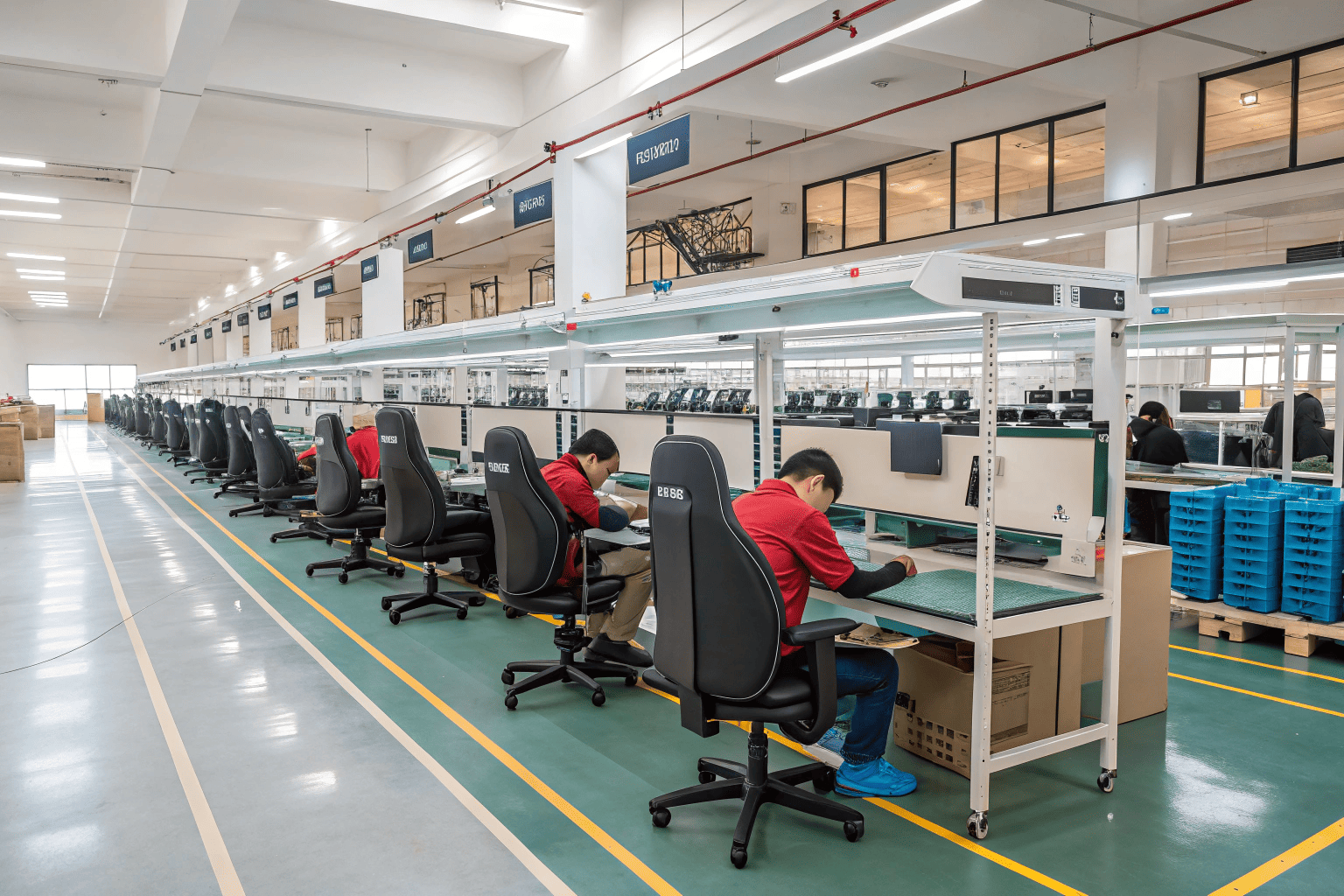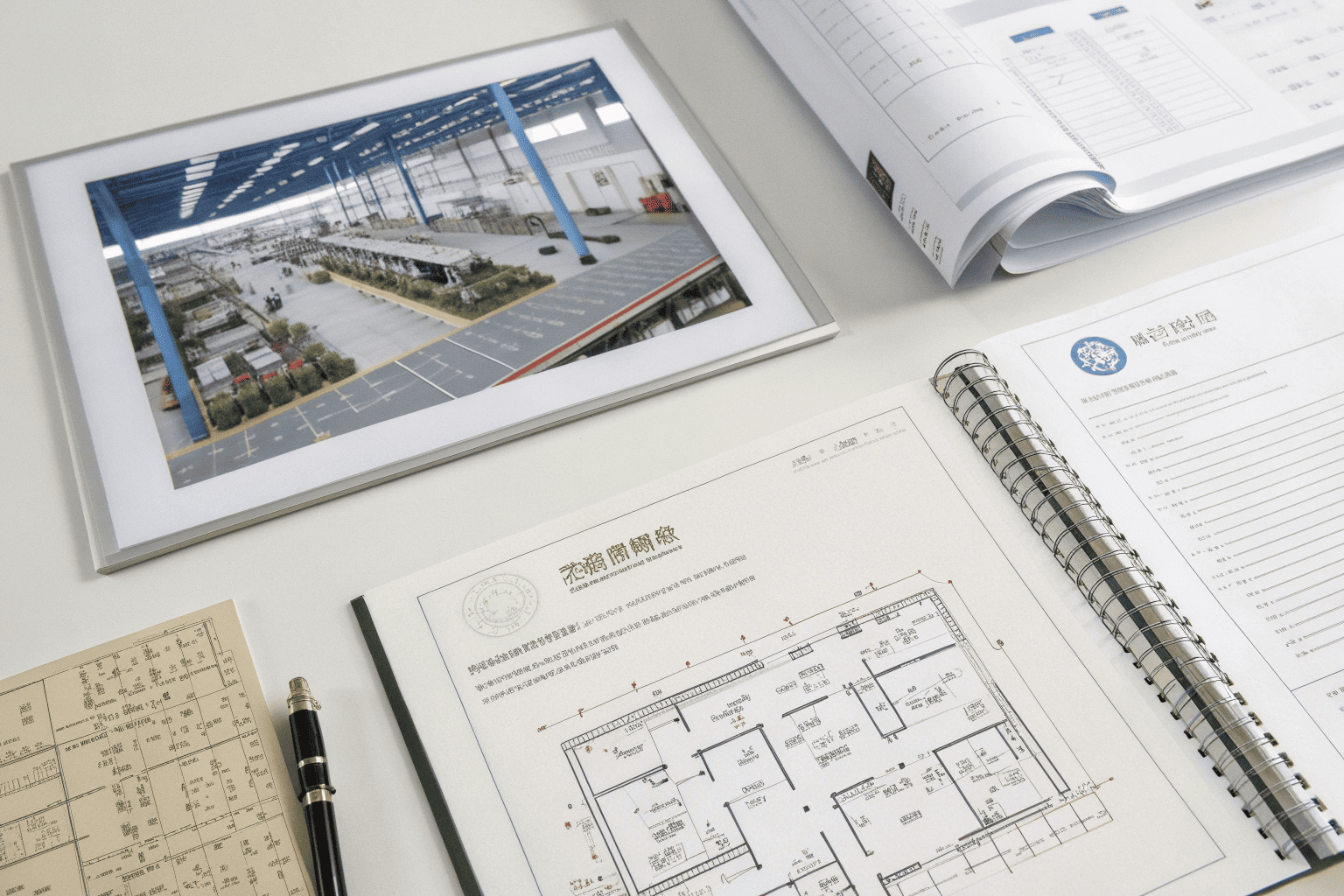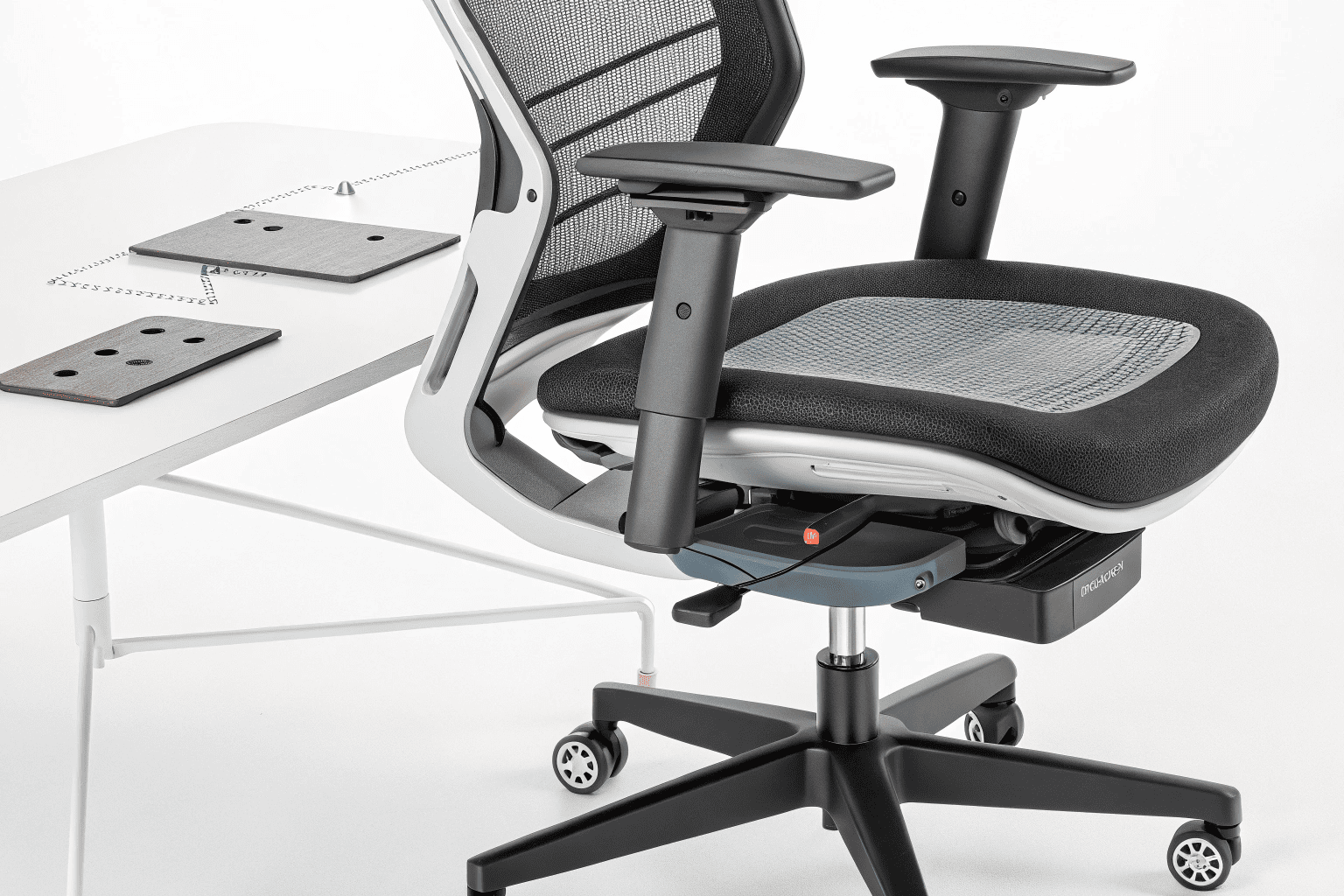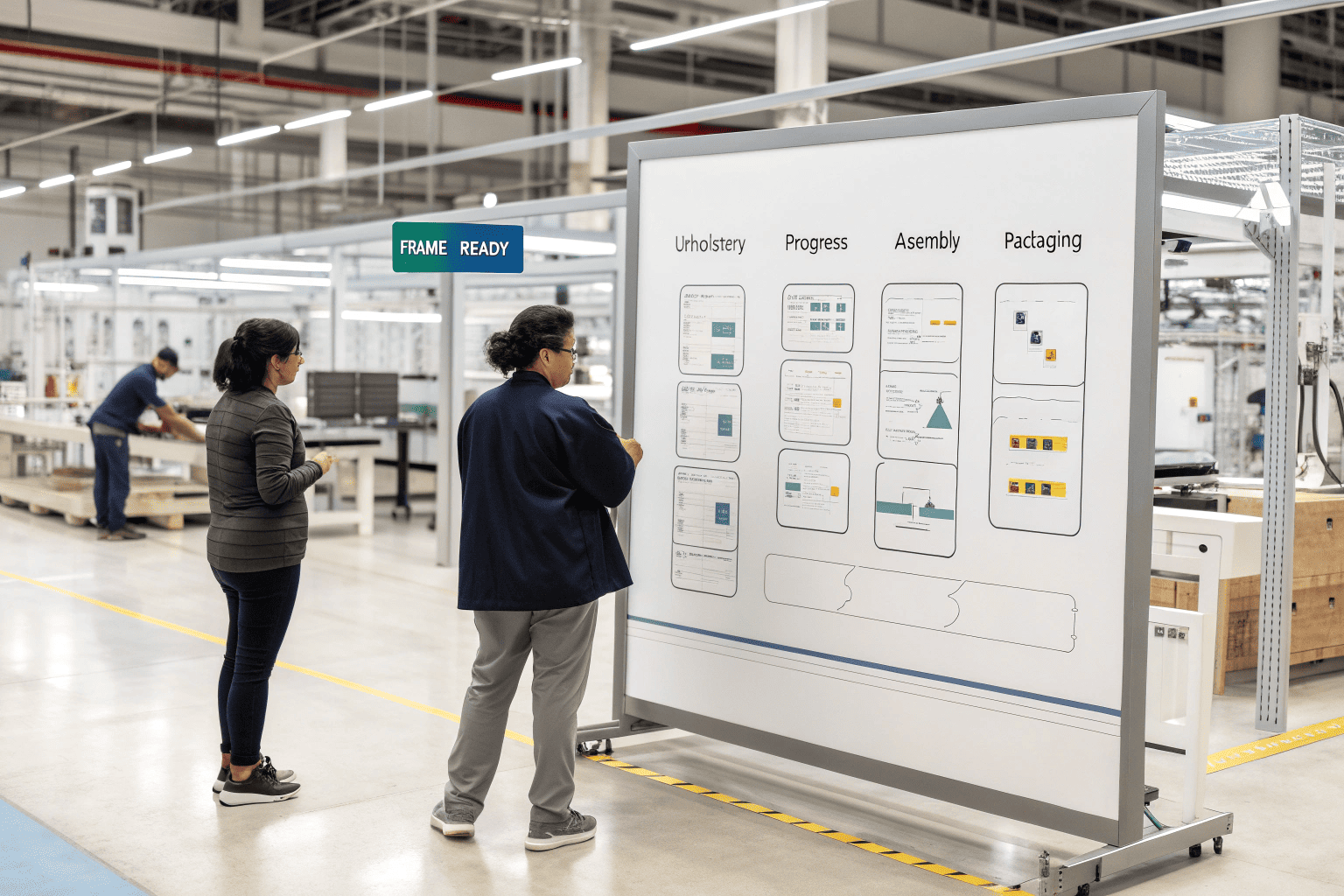Finding a reliable supplier in China can feel like a gamble—especially if you’ve been burned before. With hundreds of factories and traders online, who can you really trust?
You can vet a Chinese office chair supplier in 3 practical steps: check certifications and factory scale, test product quality, and review communication and lead times.
Many buyers don’t realize how easy it is to avoid bad suppliers—if they follow the right process. In this article, I’ll walk you through exactly how we guide our global clients to vet us, and what red flags you should always look out for.
Step 1: Check Certifications, Factory Scale, and Test Reports1?
If a supplier can’t provide documents or show their factory, they’re probably hiding something.
Always ask for international certifications, factory photos, and real product testing data before placing any order.
What to Ask for—and Why It Matters
A serious manufacturer won’t just claim “high quality.” They’ll prove it.
Here’s what I suggest you request:
| Document/Proof | Why It Matters | What to Watch For |
|---|---|---|
| Certifications | Confirms safety, durability, international compliance | BIFMA, SGS, EN1335 |
| Factory Photos or Video2 | Confirms they are a real producer, not just a middleman | Look for production lines, warehouse, testing equipment |
| Test Reports1 | Confirms the product can handle real-world usage | Check static pressure, caster durability, gas lift lifespan |
Also, ask them:
- How many workers they have?
- How many chairs they produce per month?
- Whether they allow third-party audits?
If they hesitate or ignore these questions, that’s a red flag.
Factories like ours often go further—we send updated testing footage, CAD drawings, and real-time product performance videos. That gives buyers peace of mind.
Step 2: Evaluate Product Quality via Samples or Real Footage?
Online photos can lie. You need proof of quality before placing an order.
Ask for samples or detailed video walkthroughs to check materials, mechanisms, and workmanship.
Don’t Trust the Catalog Alone
Here’s how you can actually see what you’re buying:
1. Get a Sample
This is the most direct way. When buyers ask us for a sample, we:
- Pack it like bulk order packaging
- Include component breakdown photos
- Record how the chair works and reclines
You should review:
- Material feel: Is the mesh breathable? Does the leather feel thin?
- Mechanism quality: Is the tilt smooth? Any creaking or stiffness?
- Welding & stitching: Are the seams tight and clean?
If a supplier refuses to send a sample, at least ask for:
2. Factory Video Walkthrough
We often walk buyers through our factory live. This gives them a clear look at:
- Upholstery process
- Chair mechanism testing
- QC steps at each station
We also send close-up footage of foam density, armrest locking, and tilt-tension tests.
This kind of transparency helps serious buyers make informed decisions without flying to China.
Step 3: Review Lead Time, Communication, and After-Sales Policy?
Even the best product fails if it arrives late or with no after-sales support.
A reliable supplier responds fast, delivers on time, and fixes problems after delivery.
Why Soft Skills Matter More Than You Think
Price and quality are important—but your experience with a supplier depends heavily on these factors:
1. Lead Time Transparency
Ask the supplier:
- What’s your standard production lead time?
- What’s your busiest month?
- Can you commit to a delivery window in writing?
At our factory, our usual lead time is 20–30 days. We update buyers at each step:
| Stage | Update Sent |
|---|---|
| Frame Ready | Photos of base frames |
| Upholstery Started | Video clips |
| Assembly Line | Close-ups of armrests, castors |
| Packaging | Final product with order number visible |
2. Communication Style
Evaluate how fast they reply and how clearly they answer. Some signs of poor communication:
- Delayed replies
- Avoiding direct questions
- Over-promising without data
Our best buyers told us that what impressed them most wasn’t just the product—it was how we kept them informed and resolved minor issues before they became problems.
3. After-Sales Policy
Always ask:
- What if some parts arrive damaged?
- Do you provide spare parts with the order?
- How do you handle complaints?
A professional supplier won’t vanish after the payment clears. We include extra screws, bolts, and mechanism parts per order and provide photo/video guides if needed.
Red Flags to Watch Out for When Vetting a Chinese Chair Supplier?
Some suppliers may talk big but fail where it matters.
If a supplier can’t verify their factory, product quality, or basic timelines, they’re not worth the risk.
Spot Trouble Before It Costs You
Here are the biggest red flags we’ve heard about from new clients who had bad past experiences:
| Red Flag | What It Could Mean |
|---|---|
| No video proof of factory | Middleman, not a manufacturer |
| Can’t explain certifications | Fake docs or no testing at all |
| Pushes for large deposit fast | Trying to secure payment before trust is built |
| Avoids sample or QC steps | Quality might not meet expectations |
| Poor English or unclear answers | Higher chance of miscommunication in production |
| No clear packaging plan | High risk of shipping damage or confusion |
| Doesn’t update after order | You might not hear back until delivery—or ever |
One buyer once told us they placed a deposit with a supplier who ghosted them after “confirming stock.” That’s why we document every step and welcome live video checks.
Manufacturer’s Note: How We Help Buyers Vet Us with Confidence
As a direct manufacturer serving clients across Europe, South America, and the Middle East, we understand that choosing the right supplier is one of the biggest concerns for international buyers—especially in today’s market.
At our factory, we make the vetting process easy and transparent. We proactively provide SGS/BIFMA/EN1335 certificates, high-resolution factory photos and videos, and real-time product test data for load-bearing, gas lift safety, and caster durability.
For serious buyers, we also offer live video walkthroughs or third-party audit support.
Our standard lead time is 20–30 days, and we update every production milestone. Many of our clients tell us it was the clear communication and responsiveness that gave them confidence—not just the sample.
If you’re sourcing office chairs from China, remember this: a good supplier won’t just sell you a product—they’ll help you minimize sourcing risk. That’s the standard we hold ourselves to.
Final Tips: Choosing the Right Supplier for Your Market Needs?
You don’t need a hundred suppliers. You need one who delivers.
The right supplier matches your budget, understands your market, and solves problems—not creates them.
How to Make the Final Decision
After you’ve checked all the boxes—certifications, samples, communication—ask yourself:
- Does this supplier understand my market?
- Do they offer flexibility in design, packaging, or MOQ?
- Can they grow with me as my orders increase?
For example, some of our clients need:
- Custom logo embroidery on headrests
- Retail packaging with barcodes and instruction manuals
- 40HQ loading plans optimized for mixed SKUs
We handle all of that in-house. And when markets shift, we adapt fast—offering alternative materials, backup suppliers, and flexible payment terms when needed.
If you’re sourcing for Europe, Africa, Southeast Asia, or the Middle East, make sure your supplier knows what certifications and features your market demands. It’s not just about making chairs—it’s about making sourcing easier.
Conclusion
Choosing the right office chair supplier in China doesn’t have to be risky or overwhelming. If you follow the 3-step process—verify certifications and scale, test product quality firsthand, and evaluate communication and timelines—you will avoid most common pitfalls.
Look for red flags early. Don’t be afraid to ask tough questions. And remember, a good supplier welcomes scrutiny—they know it’s part of building long-term partnerships.
At our factory, we believe that transparency, flexibility, and clear communication are what build real trust. That’s why many of our first-time buyers become long-term clients.
So whether you’re a seasoned importer or just starting out, take your time, do your homework—and choose the partner who proves they’re worth it.






